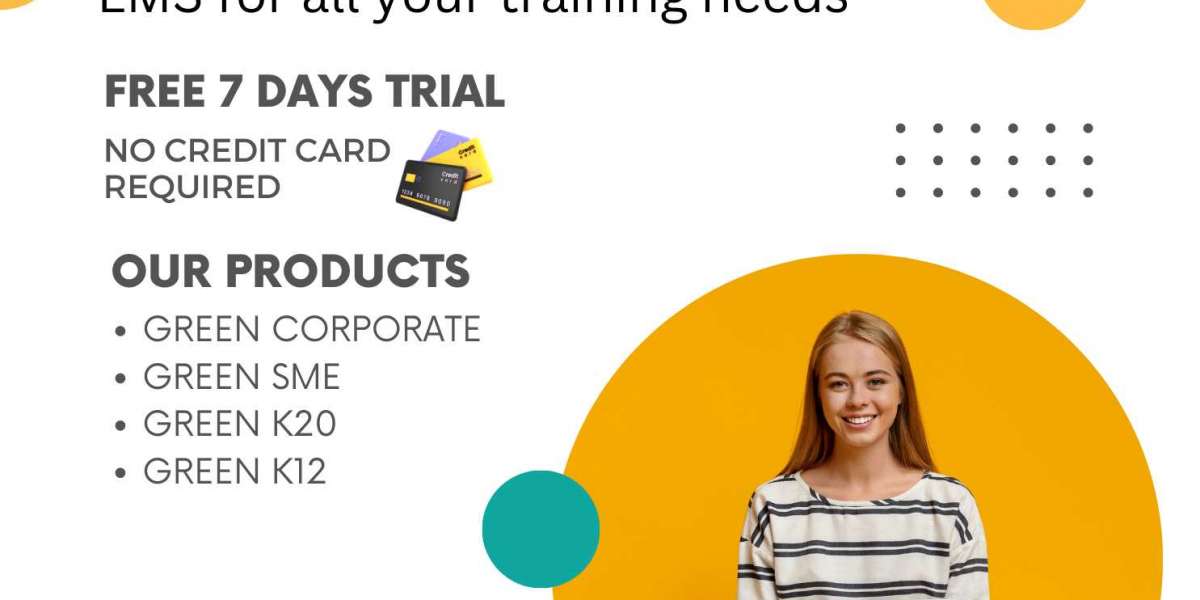The world of online learning is vast and ever-evolving. As organizations and institutions shift more of their training and education online, understanding the language of e-learning becomes imperative. Two of the major standards that have risen to prominence in this regard are SCORM and xAPI. Both serve as critical benchmarks in the Learning Management System (LMS) landscape. But what are they, and how do they differ?
1. A Quick Dive into Their Origins
SCORM (Sharable Content Object Reference Model) has long been considered the "gold standard" in e-learning. Initiated in 1999 by the U.S. Department of Defense, its primary objective was to create a universally accepted standard for producing, launching, and tracking online training materials.
xAPI, on the other hand, began its journey as "Tin Can API" around 2011. Coined as the "next generation of SCORM," it emerged from the Advanced Distributed Learning (ADL) initiative to cater to modern learning environments that SCORM could not address.
2. Understanding Their Core Functions
SCORM:
- Content Packaging: SCORM content is bundled as a package with all its necessary files. This ensures compatibility across various LMS platforms.
- Tracking and Reporting: SCORM primarily tracks online interactions. This means quizzes taken, modules completed, and scores received are all under its purview.
- Runtime: It regulates how content is launched in an LMS and how it communicates with the platform.
xAPI:
Flexible Data Collection: Unlike SCORM's confined tracking, xAPI can track learning experiences across various platforms and devices, even offline.
Advanced Reporting: xAPI collects detailed learning activity statements. This could be as specific as “John read chapter 5 of the safety manual on his iPad at 5 PM.”
Interoperability: It allows systems to communicate seamlessly, making data collection and sharing more effective.
3. Strengths and Weaknesses
SCORM’s Strengths:
- Mature and Established: Having been around for two decades, many LMS platforms and content creators are adept at SCORM.
- Widespread Acceptance: Almost all major LMS support SCORM, making it a safe choice.
SCORM’s Weaknesses:
- Confined Tracking: It is restricted to tracking what happens within the LMS.
- Lack of Offline Support: In an age where mobile learning is vital, SCORM falls short as it can't track offline learning.
- Rigid Structure: Customizing SCORM for unique needs can be challenging.
xAPI’s Strengths:
- Modern and Flexible: Built for the contemporary e-learning ecosystem, xAPI is adaptable and capable.
- Offline Learning: xAPI shines where SCORM doesn’t—it tracks offline activities and syncs data when back online.
- Personalized Learning Paths: Data collected from various sources allows for more tailored learning experiences.
xAPI’s Weaknesses:
- Lesser Adoption: Despite its capabilities, xAPI is still in its growth phase and is not as universally accepted as SCORM.
Complex Implementation: Organizations might need expertise or external assistance to implement xAPI effectively.
4. Making the Choice: SCORM or xAPI?
Your decision will largely hinge on your specific requirements:
- If you're searching for a well-established standard, mostly for online content within an LMS and don't require detailed tracking, SCORM is your pick.
- If you wish to track comprehensive learning experiences across platforms, desire detailed analytics, and are looking towards the future of e-learning, xAPI might be more up your alley.
5. The Road Ahead
- As e-learning continues its march forward, the importance of adaptable, wide-reaching, and efficient standards cannot be understated. While SCORM has served the industry well for decades, the winds of change seem to be in favor of xAPI.
- However, instead of an outright replacement, we might witness a world where both coexist, catering to distinct needs. The crux is to stay informed and choose the standard that aligns best with your goals.
- SCORM and xAPI, each with its strengths and nuances, paint a rich tapestry of e-learning standards. As digital learning evolves, institutions and organizations should look to harness these tools effectively, sculpting a learning environment that is both dynamic and impactful.
For those curious about experiencing the potential of cloud-based LMS, why not explore firsthand? By signing up for a free lifetime Business LMS with a user limit, you can grasp the full scope of features that Green LMS offers, making it easier to determine if it aligns with your educational and training needs.
Dig deeper into how Green LMS can be customized for different sectors:
- LMS for Universities: Catering to higher education's unique challenges and expansive curriculum requirements.
- LMS for Schools: Tailored to foster holistic growth, from primary to secondary education.
- LMS for Corporate: Crafting training modules that elevate staff competence and streamline corporate learning.
Ready to take the leap into efficient and effective online learning and training management? Click here for Lifetime Free Green LMS. Embrace the future of e-learning today!








